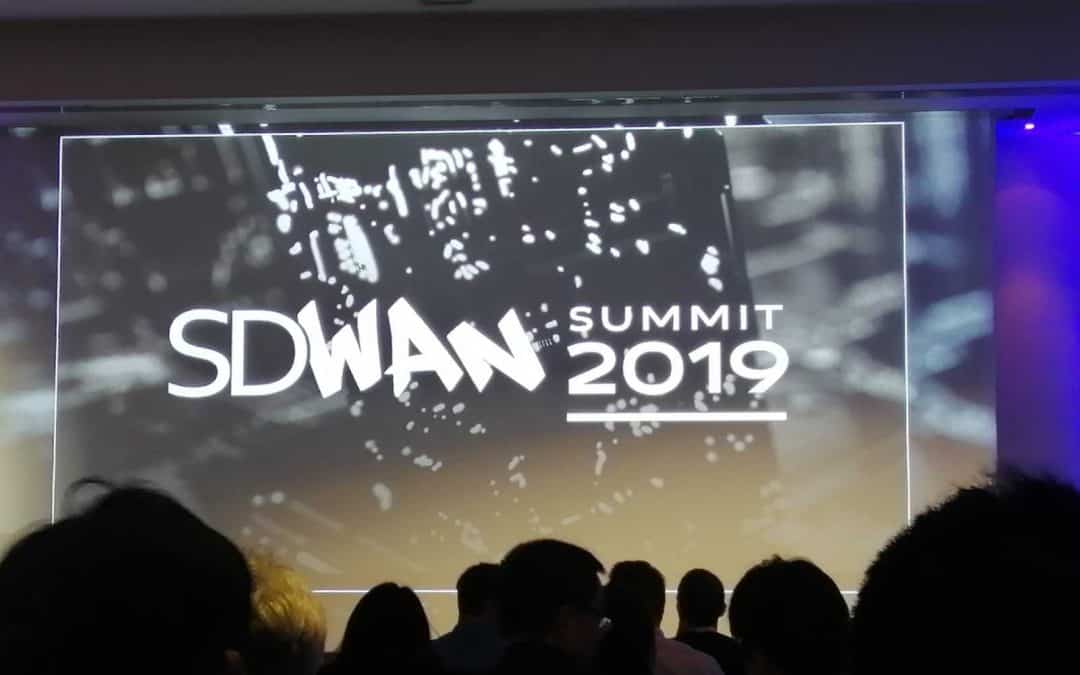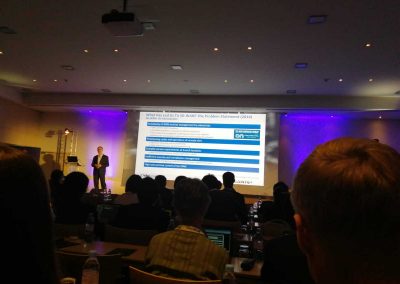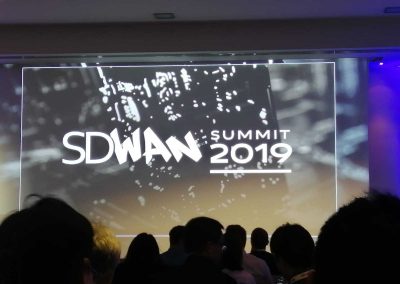The 2019 edition of the SD-WAN summit was held in Paris last week. For 3 days, exhibitors and panellists were able to discuss the role of SD-WAN within digital transformation, the use of open source elements and the need for standardisation during roundtable discussions and conferences.
An acronym for Software-Defined networking in a Wide Area Network (WAN), SD-WAN technology is used within the context of hybrid networks (both MPLS and VSAT) and uses WAN features such as VPN, WAN optimisation, IPsec tunnels, hybrid WAN and policy management plus analysis and assurance services. The aim of SD-WAN is to simplify the management and operation of WAN networks through identification procedures plus intelligent and dynamic application prioritisation.
Among the emerging trends noted this year during the Paris-based conference were:
- The digital transformation of business and the use of Cloud and Local Internet Breakout are key factors for the development of SD-WAN solutions
- Application performance and user experience are key factors during SD-WAN discussions, more so than network features and problems.
- Service automation is fast becoming an integral criterion for choosing an SD-WAN solution
- Cost reduction is not the main driver for WAN investment, the 3 main factors are classed as: performance, reliability and security
- The SD-WAN market is still maturing, even if the market development chart is slowing down in terms of growth (+48% in 2020 compared to +81% in 2019)
- The trend is for co-managed network as customers prefer to maintain management of certain sites (rather than DIY or fully-managed options)
- Many suppliers of SD-WAN solutions integrate application routing features in their security agenda
Do you need assistance to analyse or implement SD-WAN solutions?
Contact our sales team via sales@sonema.com to discuss your project with us.
Sonema’s SD-WAN offer is an entirely managed service with rigorous SLAs which improves hybrid network performance via the implementation of policy-based routing, security and optimisation rules.





